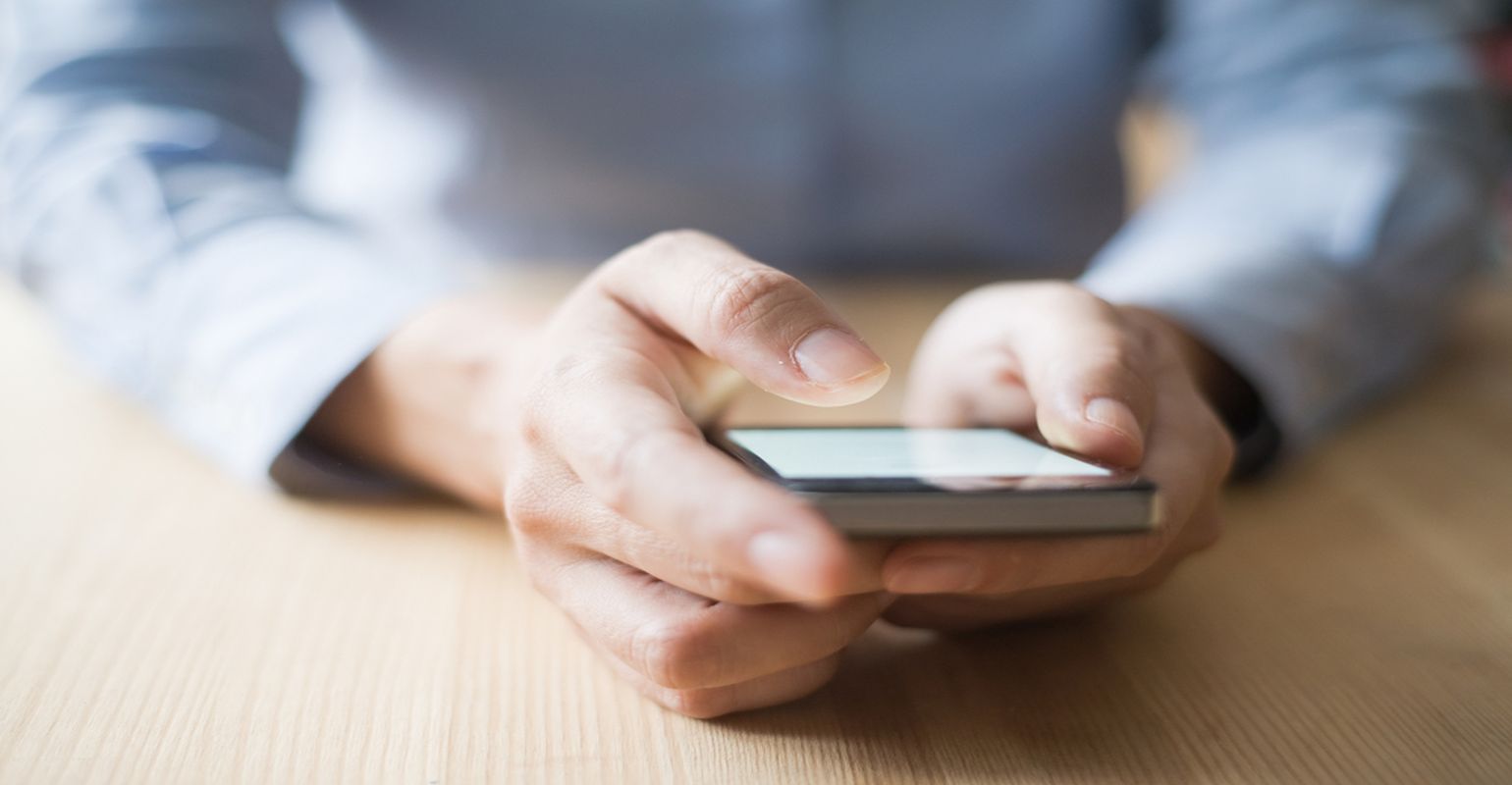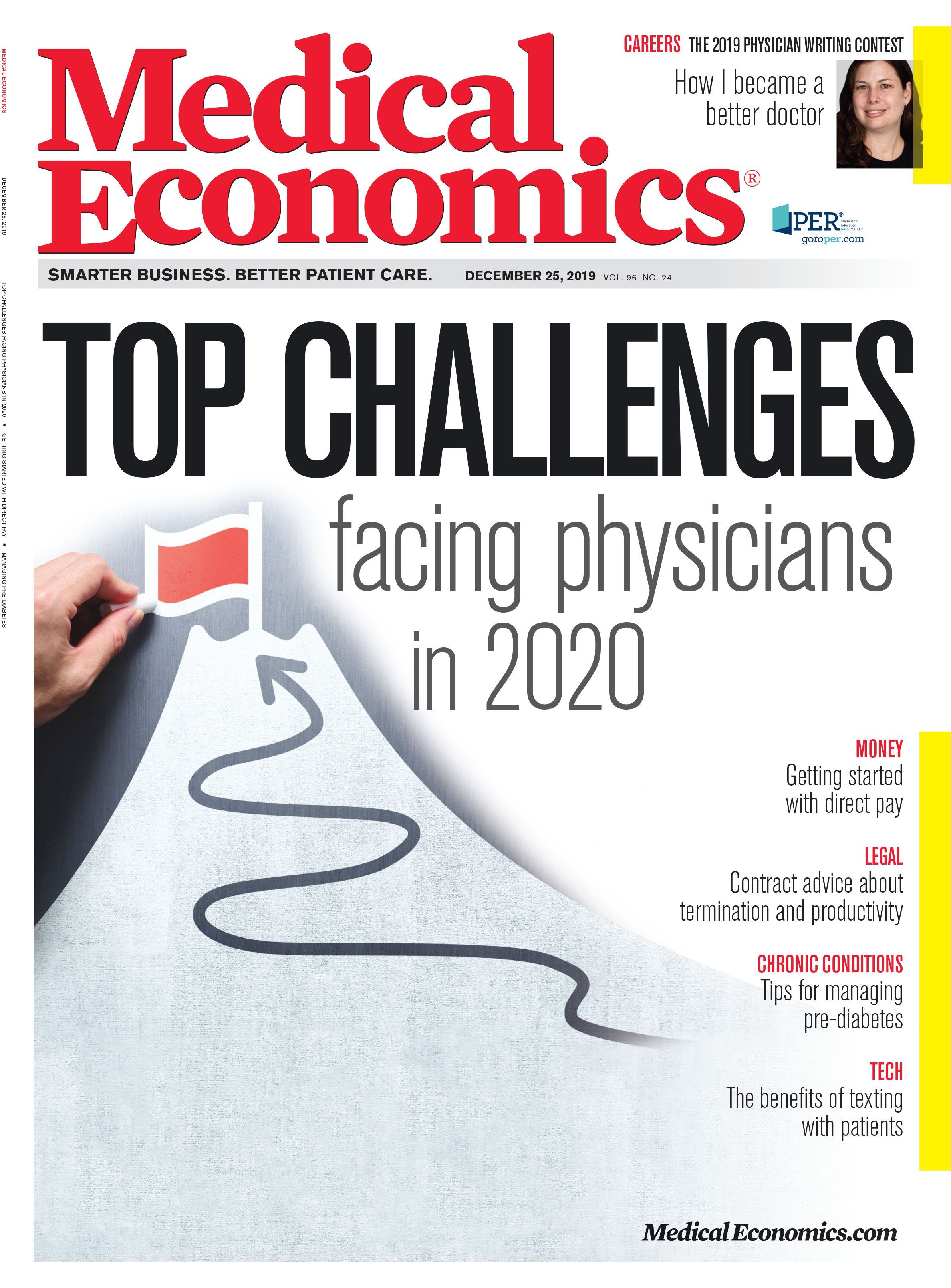Publication
Article
Medical Economics Journal
The benefits of texting with patients
Author(s):
By embracing two-way texting as a communication channel for patient engagement, practices can achieve significant improvements throughout their operations.

By embracing two-way texting as a communication channel for patient engagement, practices can achieve significant improvements throughout their operations.
Here are seven ways that practices can benefit immediately from two-way texting.
1. Generate inbound calls.
Not every outbound phone call staff members make is answered, but almost every inbound call to a practice during hours of operation is answered. Texting is a great way to inform patients that they need to call the practice. The text can even put the practice’s phone number at their fingertips.
For example, you can send a text to patients letting them know that their insurance has been verified and that they may have a copay, then ask them to call the practice if they need more information.
2. Provide education and support.
Two-way texting is an easy way to put relevant information in patients’ hands before or after appointments. Many patients will lose or discard printed information given or mailed to them, but they will likely read and engage with a text.
Remember, smart phones have access to the internet. If you want patients to look at an online video, read appointment- related instructions or go to a portal to view lab results, just include the link in the text.
3. Increase compliance.
Two-way texting also is a great way to ask patients if they are complying with medication and/or care protocols. Consider sending the following reminder tasks:
- “Have you weighed yourself today?”
- “Are you taking your medication as instructed?”
- “Have you completed your knee exercise for 15 minutes today?”
- “Have you scheduled your follow-up appointment with us?”
If patients reply via text that they are not in compliance with your instructions, staff can reach out and re-engage the patient.
4. Improve online reputation management.
Two-way texting is a very effective way to gauge patient satisfaction following an appointment and steer satisfied patients to leave positive reviews about your practice online.
Furthermore, by asking a patient to text back to share their level of satisfaction with an appointment experience, the practice can receive immediate feedback from the patient and can intervene quickly if an experience was unsatisfactory for any reason.
5. Increase top-line revenue.
Using texting for appointment-related messages reduces cancellations and no-shows. Not only can you more effectively identify which patients plan to keep their appointment, but staff also can identify patients who need to cancel or reschedule. That gives staff a chance to fill that appointment slot with other patients.
For practices that provide annual visits, texting is a great way to recall patients or remind them about available services, such as annual wellness visits.
6. Improve payment-related communication.
Before mailing out letters to patients regarding overdue payments, you can send a polite text reminding them that payment is due. Include a link to an online bill pay website if you offer such a payment mechanism. This approach to securing payment is familiar to most people, since many other industries already use texting for payment prompts, including most major credit cards and many banks.
7. Provide updates concerning local weather-related and other schedule changes.
Texting is a fast and efficient way to update patients about relevant changes to their appointment due to a local weather event, power outage, or physician illness. Sending a text to a group of patients letting them know their appointment needs to be delayed or cancelled and asking them to call the practice to reschedule is much easier than picking up the phone and calling every patient on the schedule for that day or multiple days.






